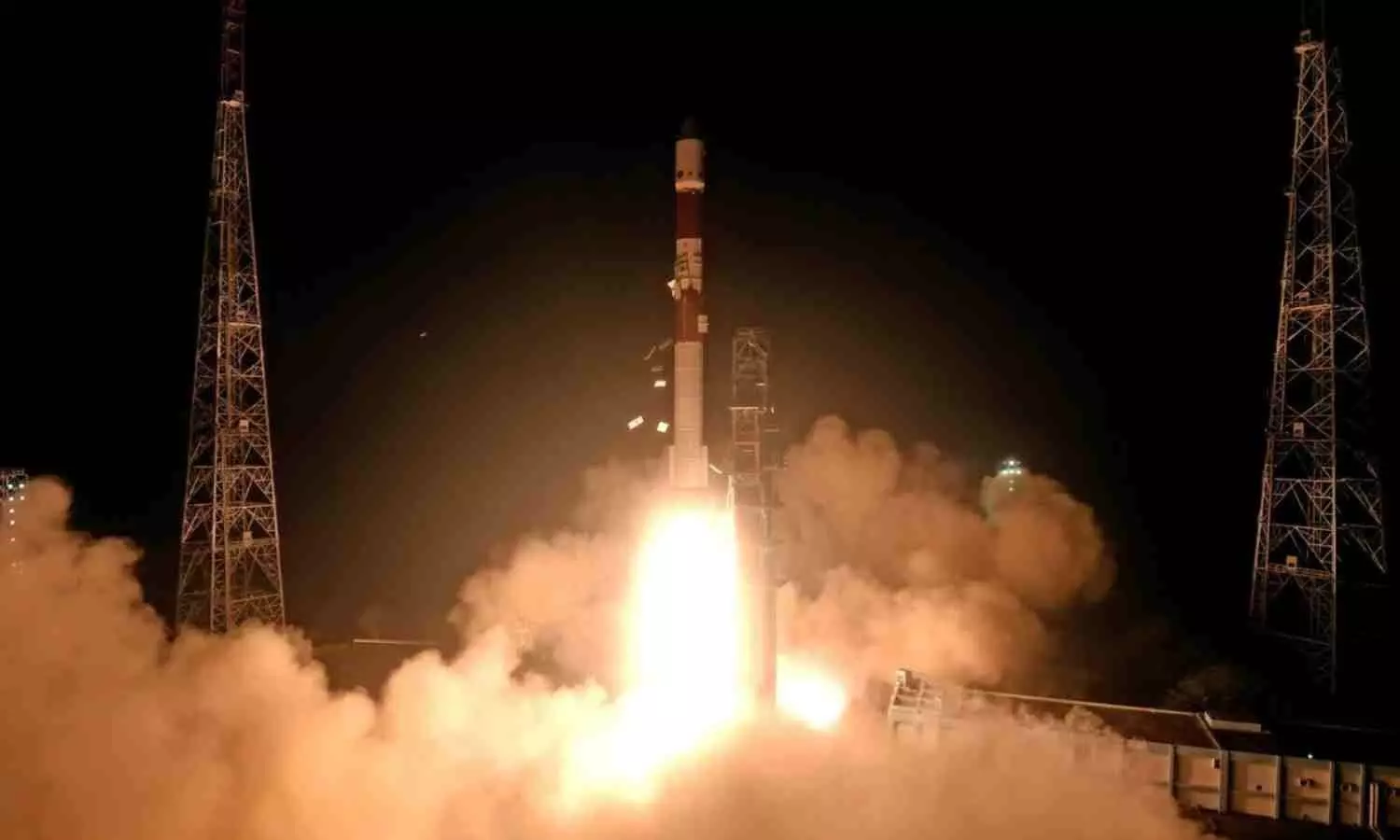ISRO's SpaDEx Mission Ushers India Into Elite Space Docking Club
The SpaDEx mission by ISRO shows India’s growing space capabilities, paving way for self-reliance in space docking technology crucial for future exploration and missions.
ISRO's SpaDEx Mission Ushers India Into Elite Space Docking Club

On Monday, India’s space ambitions took a significant leap forward with the successful launch of the SpaDEx mission, a landmark operation that could reshape the country's future in space exploration. Launched aboard the PSLV-C60 rocket from Sriharikota's Satish Dhawan Space Centre, the mission is shows India's growing capability in space technology, especially in mastering space docking – a critical skill for future space operations.
The SpaDEx mission, which features the two small satellites SDX01 (Chaser) and SDX02 (Target), is all set to demonstrate India’s self-reliance in space operations. The satellites, each weighing 220 kg, are set to enter a 470 km orbit. Their mission: to dock in space, a feat that has long been dominated by a select few nations, including the US, Russia, and China. Successfully achieving this docking will solidify India's ability to execute high-level space operations, moving beyond simple satellite launches to complex, sophisticated maneuvers.
A key aspect of the SpaDEx mission is the use of the indigenously developed “Bharatiya Docking System,” which minimizes India’s reliance on foreign space technology. The ability to dock spacecraft autonomously is essential for future missions, including the potential construction of a space station and human spaceflight missions. By performing this task domestically, India is laying the groundwork for a future where it can independently operate and manage its space endeavors.
The precision required for this operation is extraordinary. The two satellites are moving at speeds of approximately 28,800 km/h, and the docking maneuver requires adjusting their relative velocities to a mere 0.036 km/h—akin to threading a needle at high speeds in space. The success of this mission would mark a significant milestone in India’s space capabilities.
Mastering space docking opens the door to numerous opportunities in India’s space exploration. A key area impacted is the Gaganyaan mission, India’s ambitious plan to send humans into space. Space docking is crucial not only for rendezvous with other spacecraft but also for performing rescue operations in orbit. Furthermore, it plays a pivotal role in the construction of India’s own space station, which is planned for launch in 2028, with full operational capacity expected by 2035.
The docking technology developed for SpaDEx is also crucial for lunar exploration. India’s upcoming Chandrayaan-4 mission, which aims to retrieve samples from the Moon, will rely on similar docking capabilities. Additionally, space docking could enable satellite servicing missions, extending the operational lifespan of satellites in orbit by allowing them to be refueled, repaired, or upgraded.
The mission’s launch is not just a scientific endeavor; it is a symbol of India’s strategic ambition in space. Under Prime Minister Narendra Modi’s leadership, India’s space program has consistently advanced, breaking into an elite club of nations capable of performing cutting-edge space operations. With the SpaDEx mission, India is no longer just a participant in global space activities—it is actively shaping the future of space exploration.
The mission's true test will come in the first week of January 2025, when the docking maneuver is expected to take place. As the Chaser satellite approaches the Target satellite, the final steps will showcase the precision and expertise of Indian scientists. If successful, this operation will not only establish India as a capable space power but also solidify its position among the world’s foremost space-faring nations.
With SpaDEx, India is setting the stage for more ambitious projects, including interplanetary missions and satellite servicing operations. The success of this mission will be a key turning point, paving the way for more autonomous space operations and positioning India as a leader in space exploration in the coming decades.

